Pentax K-7 Digital SLR Review
Pentax K-7 Digital SLR
Is the new K-7 Pentax's best digital SLR so far?
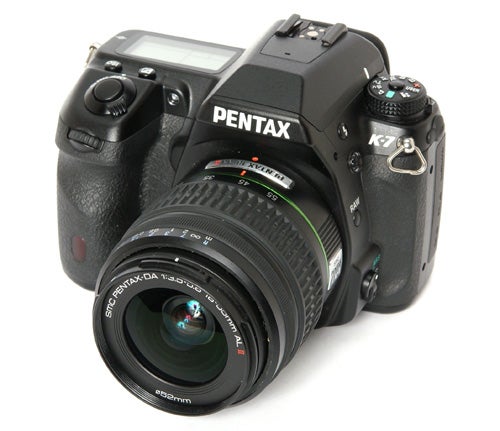
Verdict
Key Specifications
- Review Price: £1029.00
It’s been over a year since I reviewed the Pentax K20D, the company’s last semi-pro digital SLR. In common with most other reviewers I was extremely impressed by its combination of rugged build quality, fast performance, excellent image quality and outstanding value for money. The K20D is still available for under £600, and it’s still a real bargain. However time and the digital SLR market march ever onward, and the K20D is starting to look a little dated, lacking the numerous bells and whistles that are rapidly becoming standard features of top-end digital SLRs. In response, Pentax has just launched a new flagship DSLR, the K-7, and it’s stuffed to the gunwales with the latest advanced features including live monitor view, HD video and in-camera HDR capture.
Although it has never had the dominating share of the DSLR market enjoyed by rivals Canon, Nikon and more recently Sony, Pentax has always had a solid reputation for innovation and quality, producing many classic cameras over the years, such as the Spotmatic, the K1000, the ME Super and the LX. Pentax’s advertising for the K-7 makes reference to this heritage, and it’s not an unjustified comparison either. I used to own a Pentax LX, and looks to me like the designer of the K-7 had one sitting on his desk while he was working. It has a number of styling cues that reminiscent of Pentax’s classic pro 35mm SLR camera. It even has the leatherette textured rubber covering most of the lower art of the body. The similarities are not just cosmetic; the K-7 has the same robust professional build quality, with a tough lightweight magnesium alloy body over a steel chassis, full weatherproof environmental sealing, and more importantly it has that classic camera look and feel, with superb ergonomic handling. The large sculpted handgrip is the most comfortable of any camera in its class. Also in common with those classic Pentax cameras, the K-7 is smaller and lighter than any of its immediate competitors.
As a high-spec APS-C DSLR camera, the K-7 is competing with some very well established rivals, including the Nikon D300 (£1,070 body only), the Canon EOS 50D (£739 body-only), the Sony Alpha A700 (£675 body only) and the Olympus E-3 (£990 body only). By comparison the K-7’s current price of £1,029 body-only might seem expensive, but it’s only just been launched so the price will probably come down over the next couple of months as retailers start offering discounts.
Although it has the same sensor resolution as the K20D, the K-7 is an entirely new camera, with many new or significantly improved features. In terms of basic specifications the K-7 matches or surpasses most of its rivals. Its image sensor is a 14.6 megapixel CMOS chip, compared to 15.1MP for the EOS 50D, 12.3MP for the Nikon D300, 12.24MP for the Sony A700 and 10.1MP for the Olympus E-3. The sensor has an improved dust removal mechanism, as well as Pentax’s extremely effective sensor shift image stabilisation system. The LCD monitor has a large 3.0-inch diagonal size and a resolution of 921,000 dots, equalling any of its rivals, and features live view mode with contrast detection autofocus and face detection. None of its main rivals have a video mode (yet), but the K-7 offers video recording with a maximum resolution of 1536 x 1024 at 30fps, with HDMI output and a socket for an external microphone, although audio is mono only.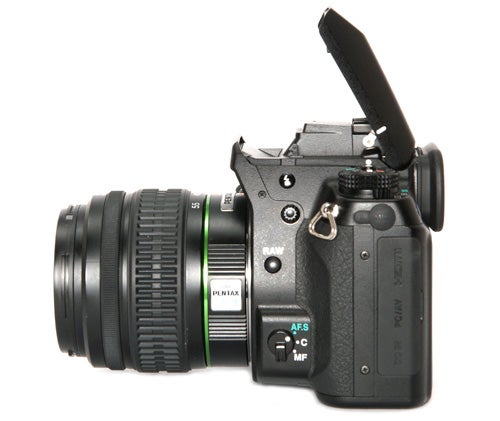
The innovation isn’t restricted to trendy features like HD video. The K-7 has a couple of unusual still shooting modes as well. Most DSLRs offer aperture priority and shutter priority exposure, as well as program auto and full manual. The K-7 has these modes as well, but also offers shutter/aperture priority mode, where the user selects the shutter speed and aperture required, and the camera selects the ISO setting automatically to ensure a correct exposure. It also has sensitivity priority, where the user sets the ISO and the camera chooses the aperture and shutter speed, but surely this is exactly the same as program auto mode?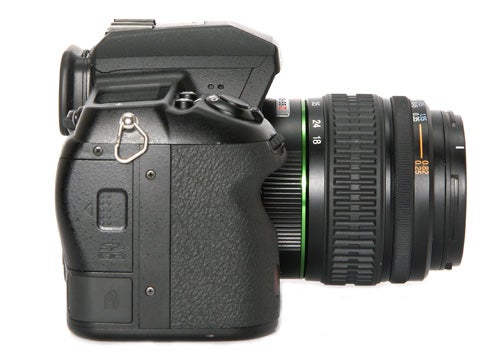
More useful are the Hyper Program and Hyper Manual settings. When shooting in Program auto mode the shutter speed and aperture can be over-ridden by simply turning one of the camera’s two adjustment wheels. Program settings can be restored at the touch of a button. When shooting in full manual exposure mode the recommended Program exposure settings can be set by pressing the green button, which saves a lot of messing about.
The K-7 offers a lot of creative image control. The Custom Image button gives access to a range of preset image parameters, each of which can be customised for saturation, hue, high/low key adjustment, contrast, contrast shadow or highlight adjustment, and sharpness, each with nine-step adjustments. 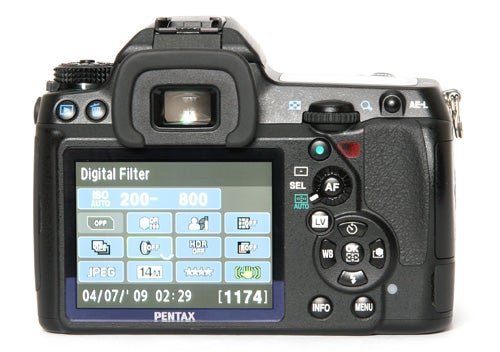
A special mention must be made of the viewfinder, which is simply superb. I’m used to APS-C DSLRs having small tunnel-like viewfinders, but the K-7 has one more akin to a full-frame camera, with a huge focusing screen, 100 percent frame coverage and excellent information display. It also has a soft rubber cushion and dioptre correction.
Dynamic range boosters of one sort or another are becoming increasingly common in high-end cameras, but the K-7 goes one step further. It has its D-Range setting, which boosts shadow detail by up to three levels and limits highlight gain to prevent burned-out areas, and this works well, but it is also the first digital SLR to offer in-camera HDR capture, a feature previously only seen on the advanced Ricoh CX1 compact.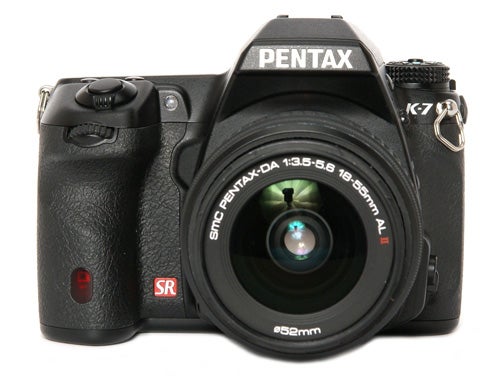
In HDR mode the K-7 takes three shots in quick succession at different bracketed exposure settings, and then combines them into one frame, taking the highlights from the under-exposed shot, the shadow detail from the over-exposed shot, and adding them to the correctly exposed shot to produce one image with greatly extended dynamic range. HDR has become the latest trendy technique for misguided art students to over-use, but there’s no doubt that in the right circumstances, e.g. very high contrast lighting, it is extremely useful. Processing the shot takes a few seconds, but the results are very good.
Other unusual creative features include a wide range of digital filter effects, most of which have multiple adjustment parameters. Effects include a Lomo-like toy camera setting, retro colouring and tone, high contrast, colour extraction, soft focus, fish-eye distortion and a surprisingly effective staburst effect. It is also possible to create custom filters from a range of selectable effects.
Even more unusual are the composition adjustment features. The K-7 has an electronic spirit level built in, with a display on both the LCD data panel and in the viewfinder, so it’s not easy to take a lop-sided shot, but nonetheless it offers automatic horizon correction, which actually rotates the sensor – obviously within limits – to correct a tilted horizon. Even more bizarre is the ability to manually jog the sensor left, right, up or down, or to rotate it, to fine tune composition in live-view mode. I can see this being very useful for architectural photography, for example.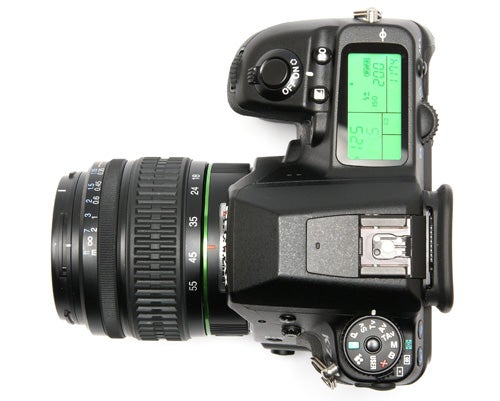
The K-7 also offers more conventional creative assistance, including a mirror lock-up function, multiple exposure, interval shooting, colour space selection and of course Raw shooting, using either Pentax’s own PEF format or Adobe DNG. The overwhelming impression when using the K-7 is that Pentax has listened to everything that users have said about the K20D, and added every feature that anyone could conceivably need, and then some. Even after a week of frequent use I was still being pleasantly surprised by the camera’s capabilities.
Pentax hasn’t skimped on performance either. The K-7 starts up and is ready to shoot almost instantly, and can take a picture in about half a second from a cold start. It has a newly-developed 11-point wide frame autofocus sensor, with nine more sensitive cross-type sensors towards the middle of the frame, and it is extremely fast. Without having the rival cameras on hand for a direct comparison it’s hard to say which is quicker, but suffice it to say you won’t be waiting around for the K-7 to focus. Its low-light focusing is also extremely impressive, and since it also unusually includes an AF assist lamp separate from the pop-up flash, it can also take photos in total darkness.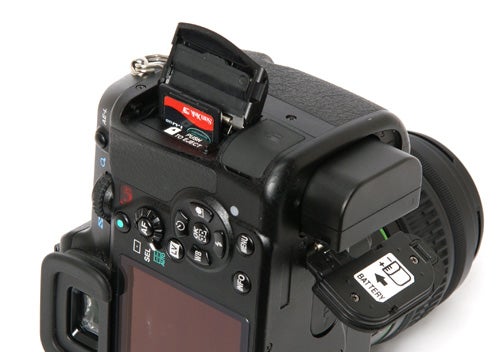
In live view mode the K-7, like most other live view DLSRs, is limited to contrast detection AF, which is not as fast or as reliable. It is still effective, but I found that it was usually a better idea to pre-focus and then use the live view to compose the shot.
In terms of shooting speed, in single-shot mode it can shoot as fast as you can press the button. In continuous shooting mode it can manage 5.2fps. This is a little slower than the EOS 5D (6.3fps) and Nikon D300 (up to 8fps), but it is slightly faster than the Sony A700 (5fps). However it can maintain this shooting speed even in Raw + JPEG mode for up to 10 frames. In JPEG-only mode it can shoot 40 frames before it has to pause for breath. It can also shoot at this speed in live view mode with the mirror locked up.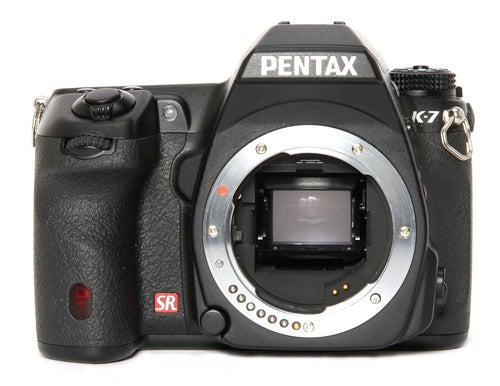
Another major improvement for the K-7 is the sensor-shift image stabilisation system. Pentax has been using this system for a number of years, and the K20D’s IS system performed very well, but the K-7 is simply incredible. I was able to take shake-free shots at shutter speeds as low as 1/8th of a second using the 18-55mm kit lens, vindicating Pentax’s four-stop claim.
Also improved over the K20D’s already impressive performance is the image quality. The benchmark for IQ in this class is the Canon EOS 50D, and in my opinion the Pentax K-7 matches or surpasses it in every criterion. It produces roughly the same levels of high-ISO image noise, i.e. not much, and has superior dynamic range and colour depth. The overall level of detail is excellent, and exposure, colour reproduction and focusing were reliably accurate even in extremely awkward lighting conditions. All in all, a very solid performance from a camera that has proved to be one of the highlights of the year, and arguably the best APS-C camera currently available.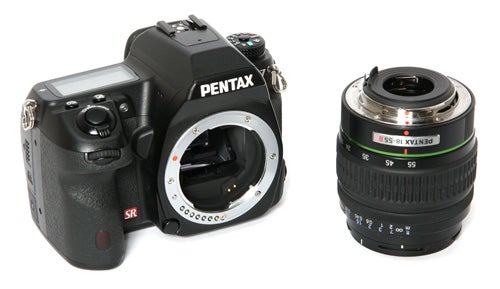
”’Verdict”’
The Pentax K-7 is a superb camera, and really puts the cat among the pigeons at the top of the APS-C DSLR market. It has rugged weatherproof build quality, superb handling and offers every creative feature you could possibly want and more besides. Performance and image quality are a match for anything else in its class. It’s a tempting package for any keen amateur or semi-pro.
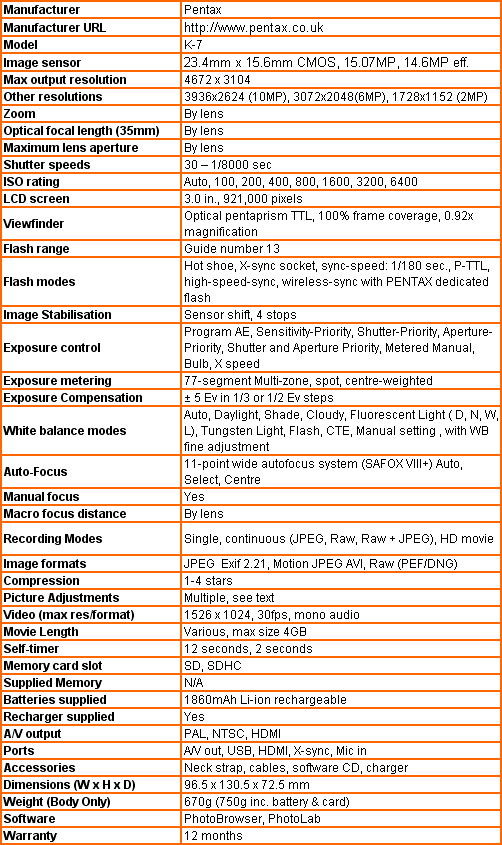
”A range of test shots are shown over the next few pages. Here, the full size images at the minimum and maximum ISO settings have been reduced for bandwidth purposes to let you see the full image, and a series of crops taken from original full resolution images at a range of ISO settings have been included in order for you to gain an appreciation of the overall quality.”
—-
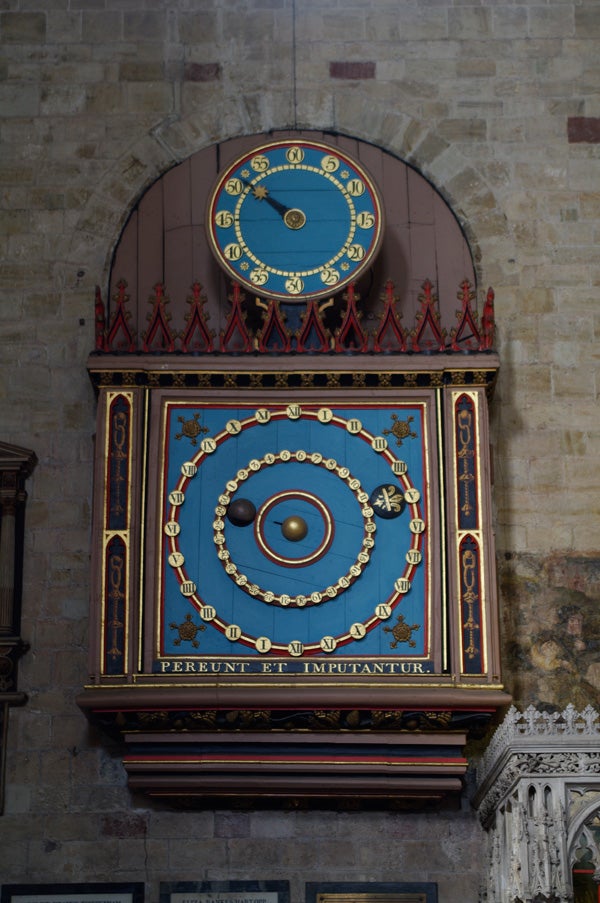
This is the full frame at 100 ISO.
—
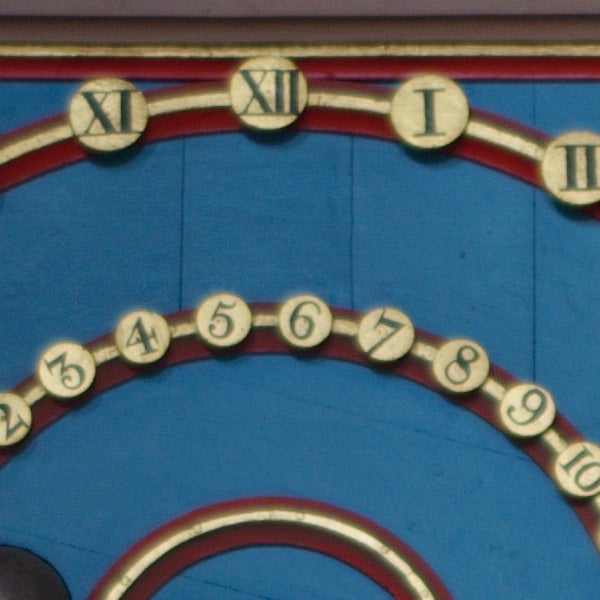
At the minimum ISO setting, picture quality is of course superb.
—-
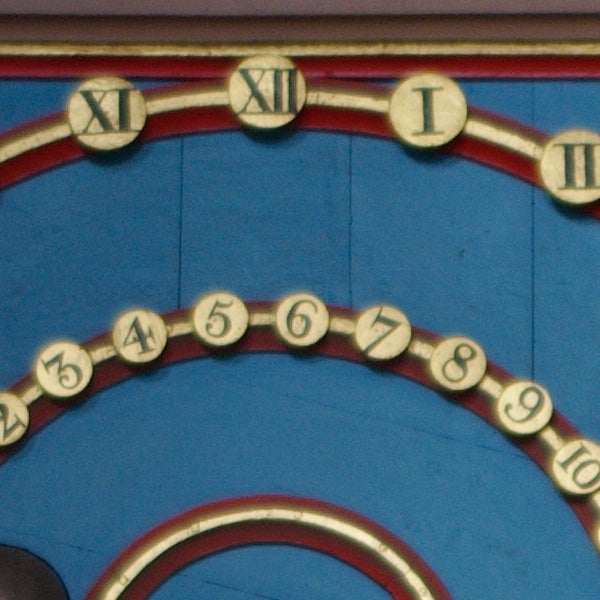
200 ISO and still flawless.
—-
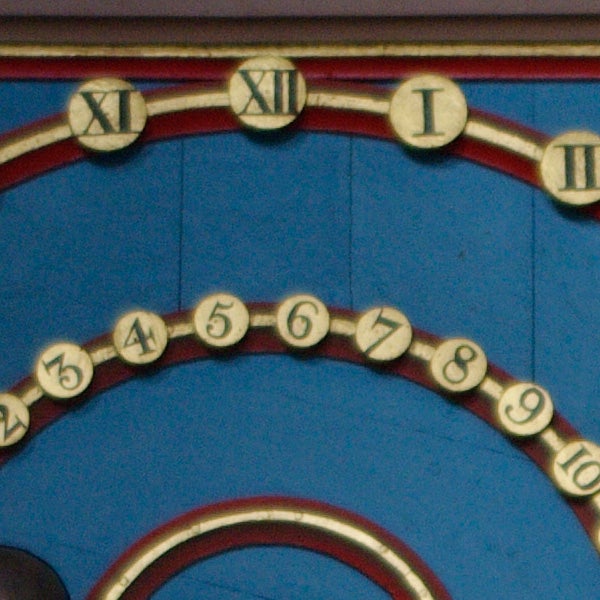
Still no noise problems at 400 ISO.
—-
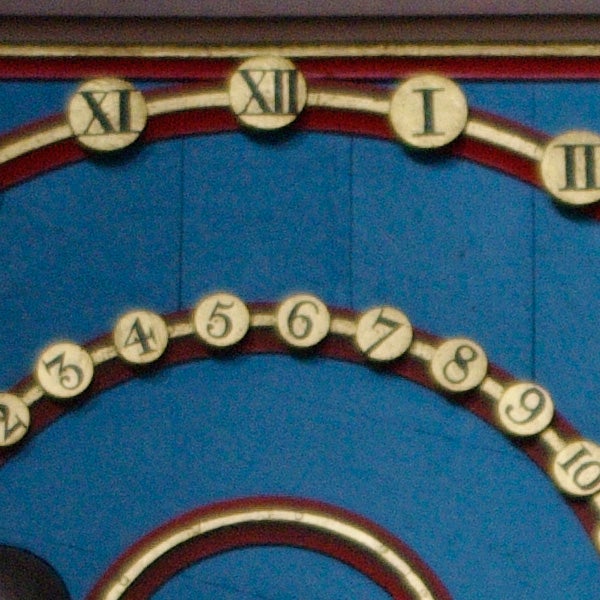
800 ISO and some noise effects are just becoming visible.
—-
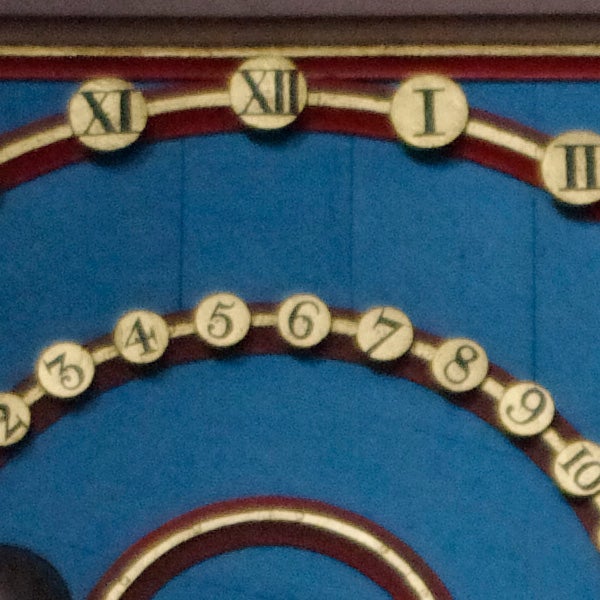
The noise reduction system appears to be tuned to produce very good results at 1600 ISO.
—-
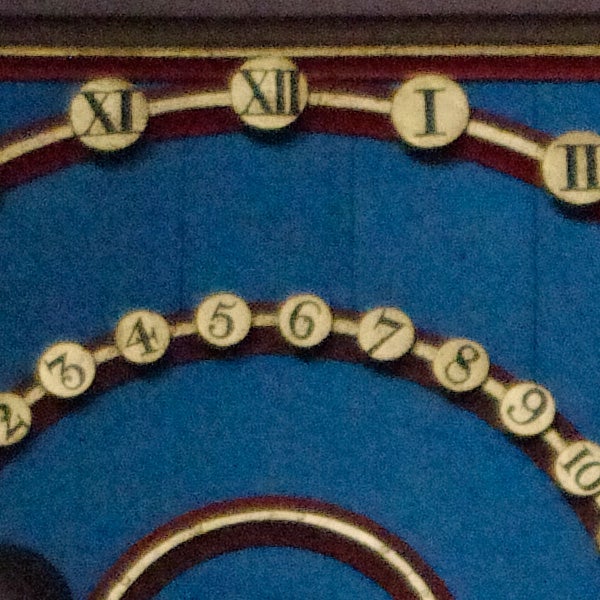
More luminance noise and some chroma noise at 3200 ISO, and the overall detail is lowered as noise control gets stronger.
—-
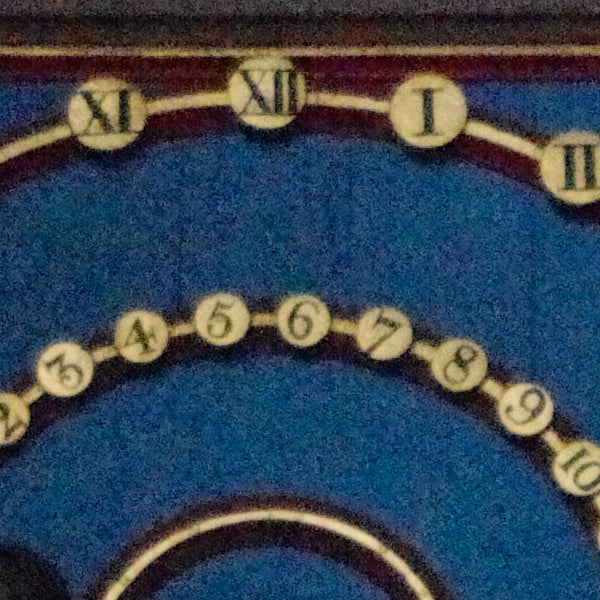
6400 ISO is pretty ropey.
—-
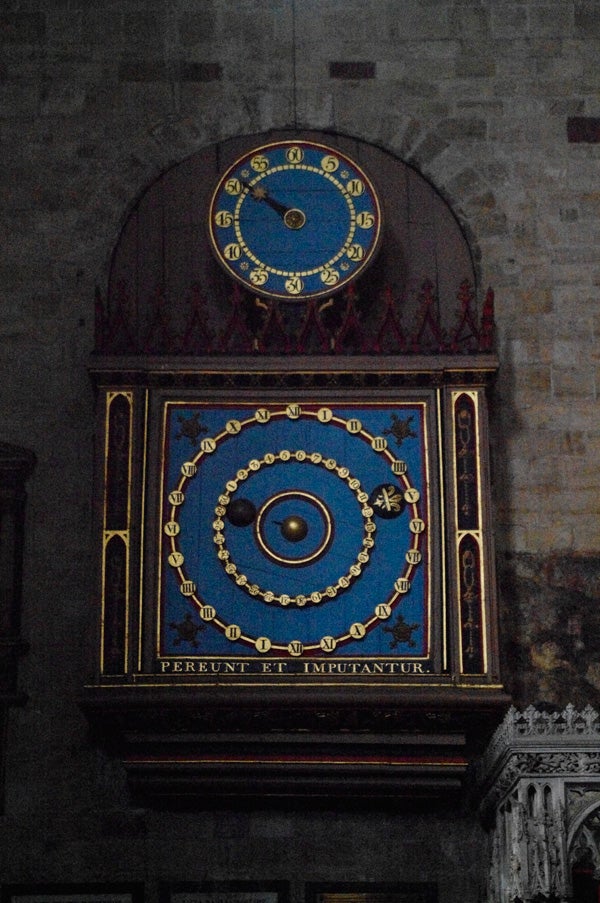
This is the full frame at 6400 ISO.
”A range of general test shots are shown over the next two pages. In some cases, the full size image has been reduced for bandwidth purposes, and a crop taken from the original full resolution image has been placed below it to show the overall image quality. Some other pictures may be clicked to view the original full-size image. ”
—-
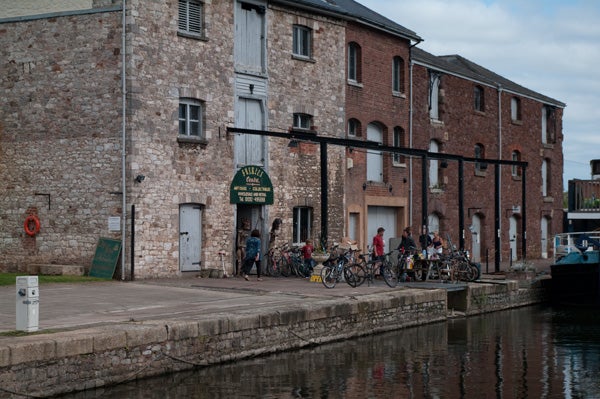
My car’s off the road at the moment, so no Sidmouth shot this week, but here’s another scene to test the detail level.
—-

Yup, that’s some fine detail right there.
—-
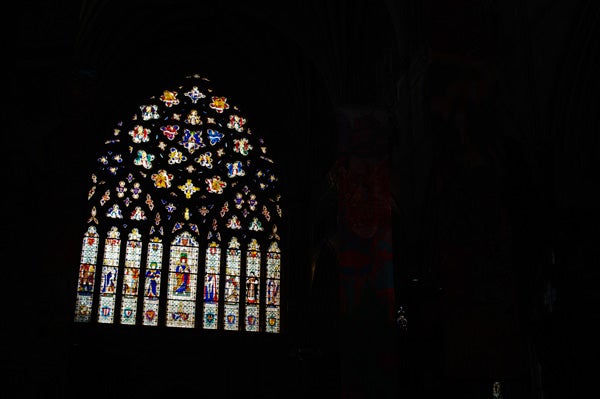
This was shot with the D-Range feature switched off.
—-
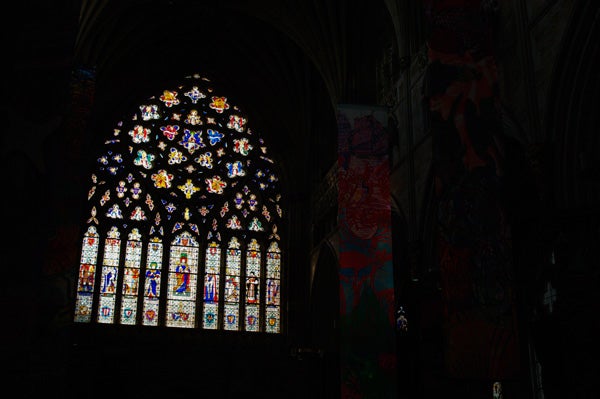
This is the same shot with D-Range on.
—-
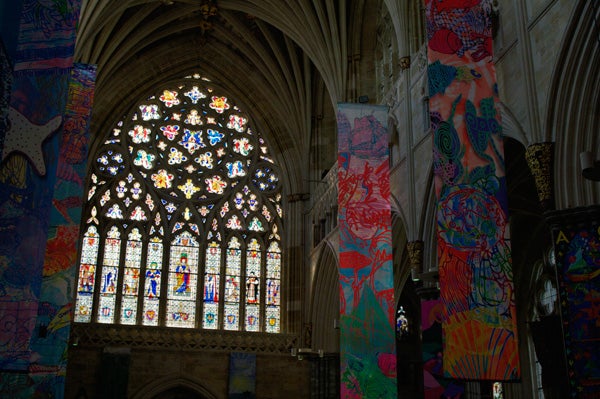
This is the same shot using the K-7’s built-in HDR capture mode. Perhaps you’re starting to see why I like this camera so much.
—-
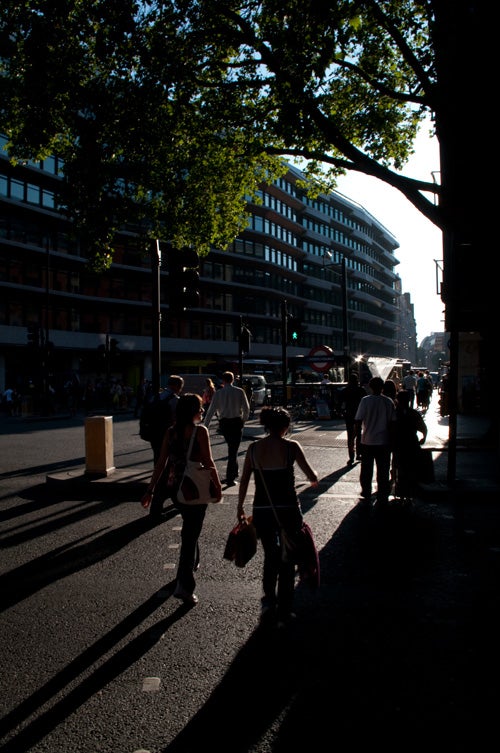
Shooting into bright sunlight can be a problem…
—-
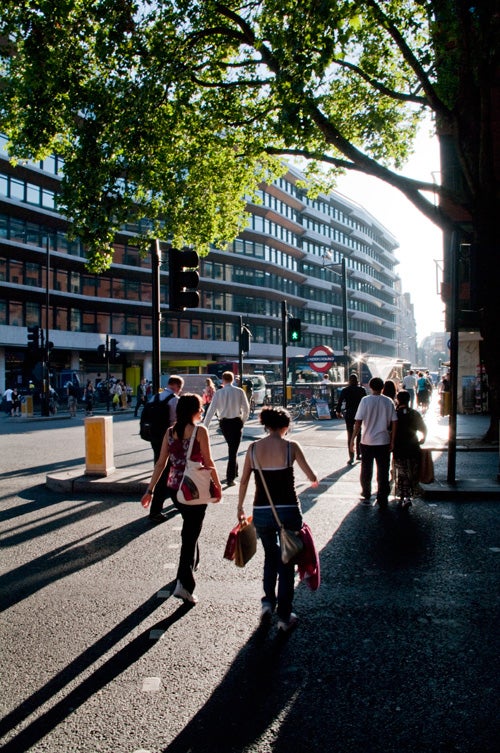
…but with the K-7’s huge dynamic range you can always pull the shadow details out in Raw mode.
—-
”Here are some general test shots to help evaluate the camera’s overall image quality, including the zoom range of the lens. Some pictures may be clicked to download the full size original image. ”
—-
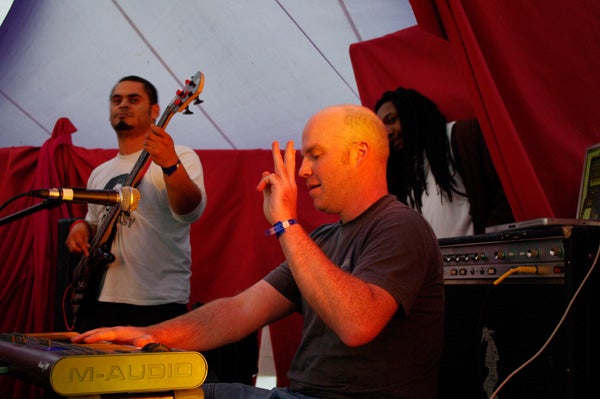
A one…a two…a three…
—-

—-
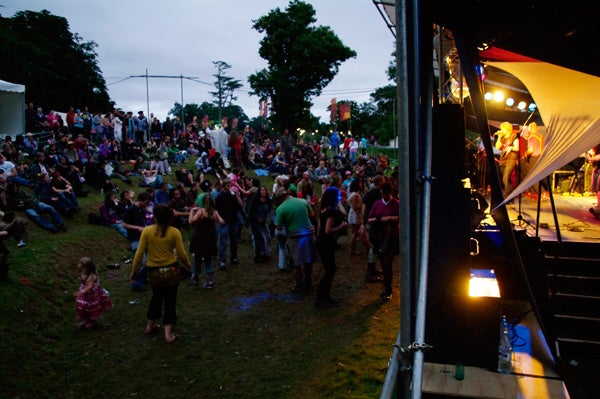
—-
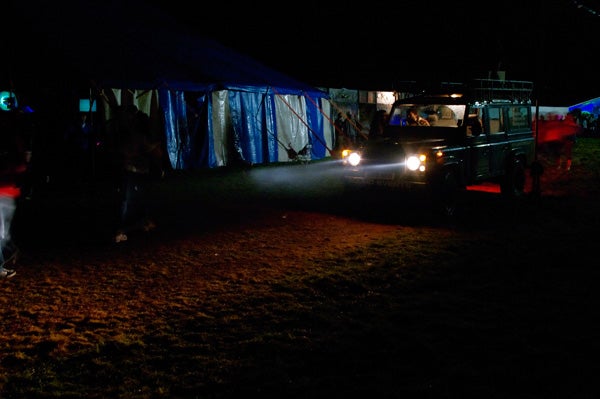
Low light focusing is, to say the least, impressive.
—-

Shot hand-held at 1/5th of a second, 1600 ISO.
—-
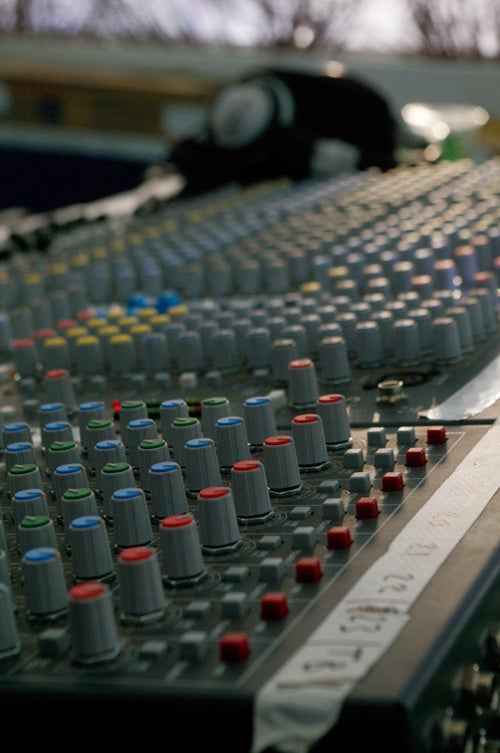
—-
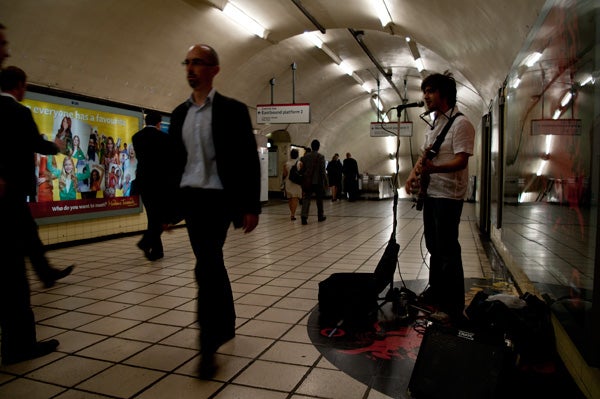
—-
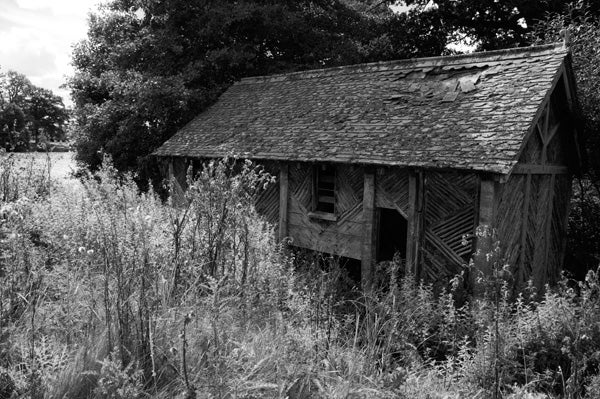
High contrast monochrome mode
—-
Trusted Score
Score in detail
-
Value 9
-
Image Quality 9
-
Build Quality 10
Features
| Camera type | Digital SLR |
| Megapixels (Megapixel) | 14.6 Megapixel |
| Optical Zoom (Times) | By lensx |
| Image Sensor | CMOS |
| Image Stabilisation | Optical |
| LCD Monitor | 3 in |
| Flash modes | Flash ON, Red-eye Reduction |
| Video (max res/format) | 1280 x 720 |
| Memory card slot | Secure Digital (SD) Card, Secure Digital High Capacity (SDHC) Card |

